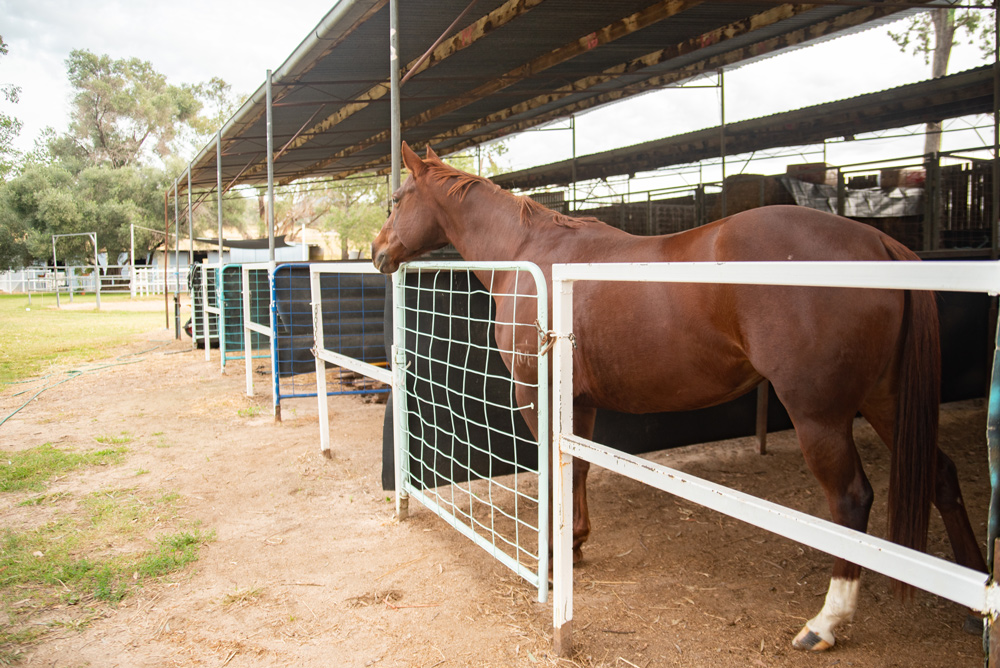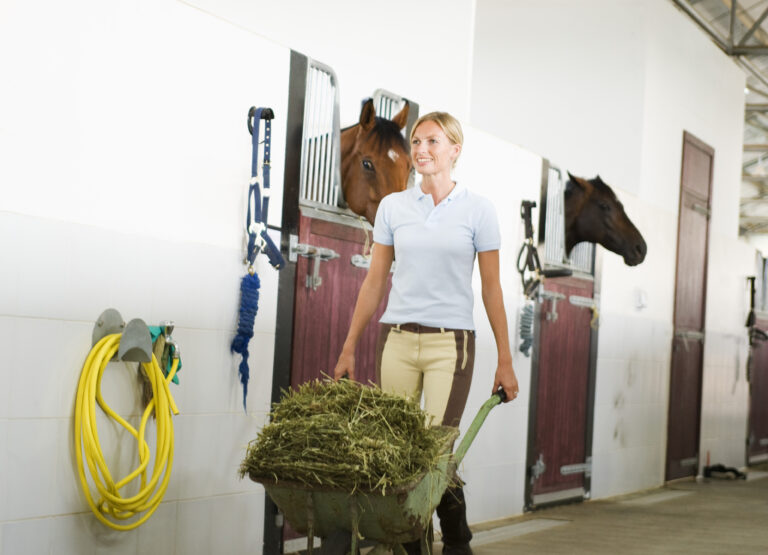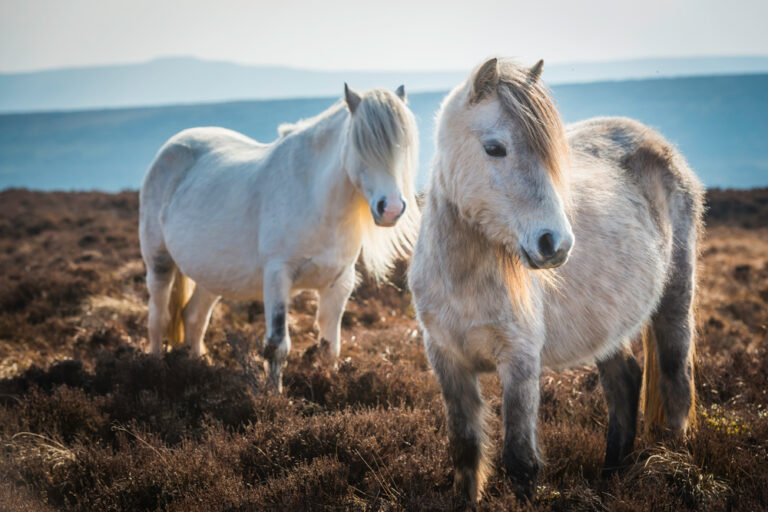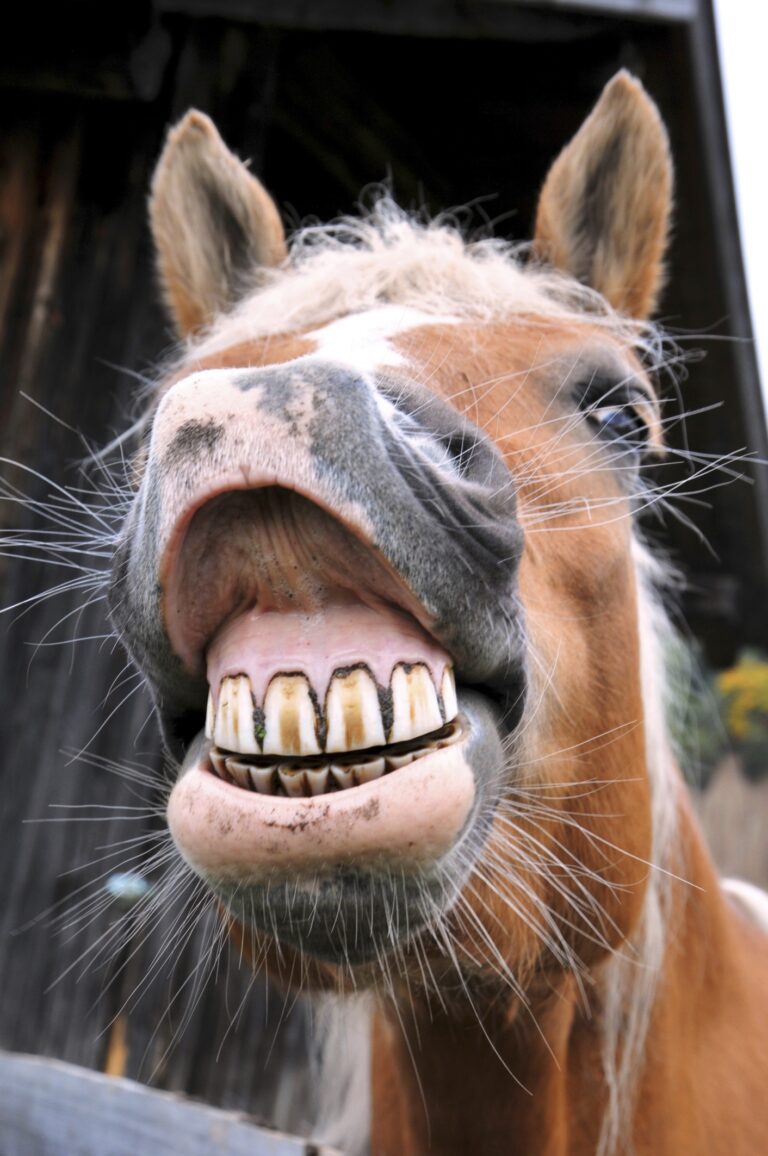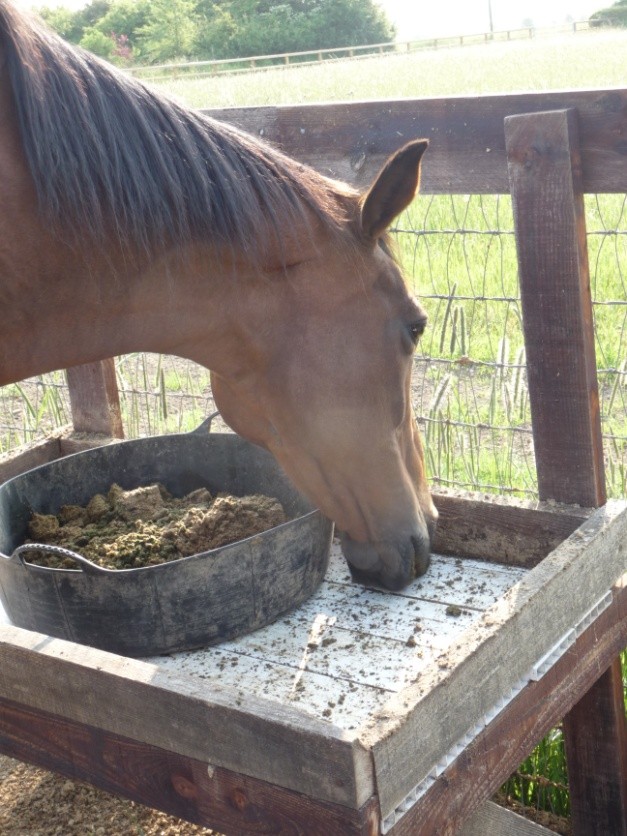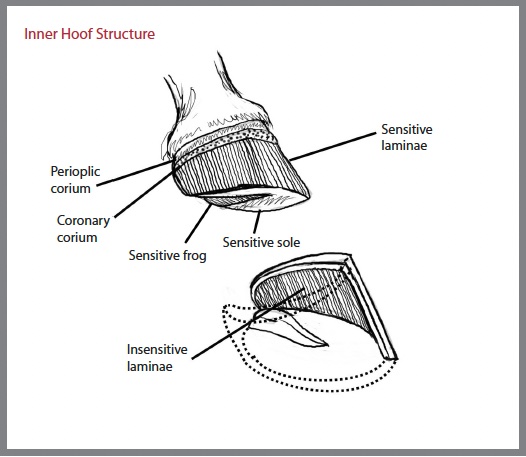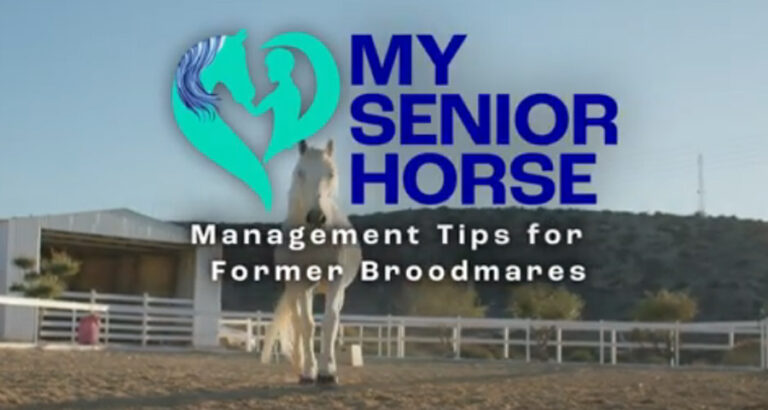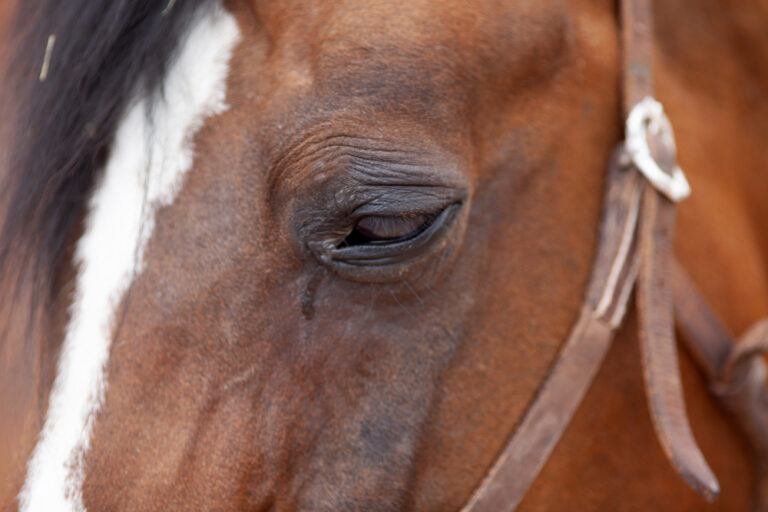Housing for senior horses was discussed in episode 15 of this podcast. Now we travel “down under” to Australia to learn more about housing seniors in that country. We again talk to Heather Lewis, AIA, NCARB, AAA, a principle of Animal Arts architecture firm. Lewis has traveled around the world designing equine, veterinary, and small animal facilities and shelters. She is a member of the Fear Free advisory board and the author of the Fear Free standards for veterinary hospital design.
(Editor’s note: The content of this podcast is the expert’s approach to the topic. Please consult with your practitioner if you have questions.)
Housing Basics for Seniors
Lewis recapped some of the tips she had offered in the previous podcast on senior housing in North America. Lewis has done design work in Australia, but said the majority of her designs have been in the U.S.
She focused at first on indoor design basics that don’t change by some aspects of indoor design. Those include
- Making sure that senior horses have housing with larger stalls so they can lay down and get up easier.
- Make sure water bowls are at an appropriate height to avoid physical stress in senior horses.
- Ensure stalls are bedded appropriately for seniors, which might lay down more often than younger horses.
- Air quality in barns should be good, with four air changes per hour. Falling below that might mean a build-up of ammonia, dust, ro other air contaminants. (Make sure your barn doesn’t smell like ammonia or dust as a basic test.)
- Help your senior horses maintain a healthy circadian rhythm by keeping the barn dark at night.
Hot Climate Housing
“I’m really excited to talk about the different climate zones in Australia and how that might influence the design of a barn,” said Lewis. “Australia, like the U.S., has a broad range of climate zones, from Alpine/snowy all the way to subtropical and even tropical. We don’t have any tropical zones in the United States except for Hawaii, but we have some subtropical [zones].”
Lewis talked about designing housing for hot, dry climates and hot, humid climates.
“Arid hot climates are easier because horses cool themselves just as we do by sweating,” she noted. “So, if we can get some air movement, our senior horses are going to be much more comfortable in both the arid hot and kind of your Mediterranean style climates that you might see in South Australia, which is why you have great wine growing regions.
“So I think keeping the air moving is critical when you have hot climate design and that’s really important for our seniors again, that we help them be as healthy as they possibly can in the barn,” Lewis added.
Lewis said using fans to keep air moving can be very useful for their health. She mentioned the Big Ass Fans company. Lewis said the fans from this company “move air in large quantities, but without a lot of noise and without a lot of turbulence.”
Australia Outside
Lewis noted that horses and humans eliminate heat by sweating.
“I think the best sunscreens in the world and the best hats in the world all come from Australia, because we know there’s a lot of sunny regions in Australia,” said Lewis. “One of the ways that we can keep horses and ourselves much more comfortable is by building shade. And that’s really important in a hot climate or in a sunny place.”
Offering shade to horses housed outside in Australia is important. However, Lewis warned that you don’t want to build shade structures that are hot and without airflow.
“That brings us back to ventilation,” she said. “We want to make sure that these structures are going to ventilate and provide shade.”
Lewis said she has noticed over the years working in Australia that there are great resources with the agriculture extensions at the state level. She said that is similar in the U.S.
Senior Pasture Management
Of course, all horses need safe pastures. That means no toxic plants in the environment and good fencing.
But there are some special considerations for senior horses. “If you’ve got a variety of pastures, keep your seniors on some of the flattest ground so that they don’t strain their joints.”
She said managers should keep in mind that sometimes seniors have more mobility problems than younger horses. That means they might not be able to avoid hazards quite as well.
Lewis reminded owners and managers to regularly check pastures housing seniors for safe fencing, safe terrain (no holes have appeared), and that there are no sharp corners on buildings or fences.
Learning from the Past
“Some of the ways that we can connect with practicality is to consider how things used to be built before we had air conditioning and what were the old ways of doing things,” noted Lewis. “Because often times, they are the most practical and they’re the most climate appropriate.”
Lewis discussed the types of building materials you can use for horses in hot climates to better handle heat mass. Another is to design so the building is on an East/West direction, with the the shortest ends those directions.
“By having the short sides of the barn facing West and East, you basically pick up less heat in the barn,” she said.
Lewis has also seen various barn types used in Australia based on the climate. For example, the American-style barn with a center aisle and enclosed stalls on either side of that aisle is good for temperate zones where it gets hot and cold.
For subtropical climates, instead of being fully enclosed, the barn has one side that’s complete open to the air so it can really breathe. “We also see this in America. In Central Florida, racing barns have roofs and are open on the sides and have fans blowing.”
She said proper housing can help horses not expend as much body energy heating and cooling themselves.
Final Words
The environment that we build for senior horses “is a tool for them to be. more comfortable and healthier,” said Lewis.
She reminded owners and managers that senior horses can’t see, hear, or move as well as they used to. “And most likely, they have been our friend their whole life,” she added.
“And coming back to our topic, a well-built barn is going to be the one that’s most comfortable and will help our senior horses live longer and thrive,” Lewis concluded.
Further Content
- My Senior Horse Podcast: Housing Seniors. Heather Lewis. MySeniorHorse.com
- Horse Hearing and Environmental Noise. Heather Lewis. MySenior Horse.com
- Horse Stall Design Basics. Heather Lewis. MySenior Horse.com
- 5 Tips for Designing Comfortable Spaces Based on Equine Vision. Heather Lewis. MySeniorHorse.com
-
Editors of My Senior Horse are journalism professionals, most of whom are lifelong horse owners.View all posts

